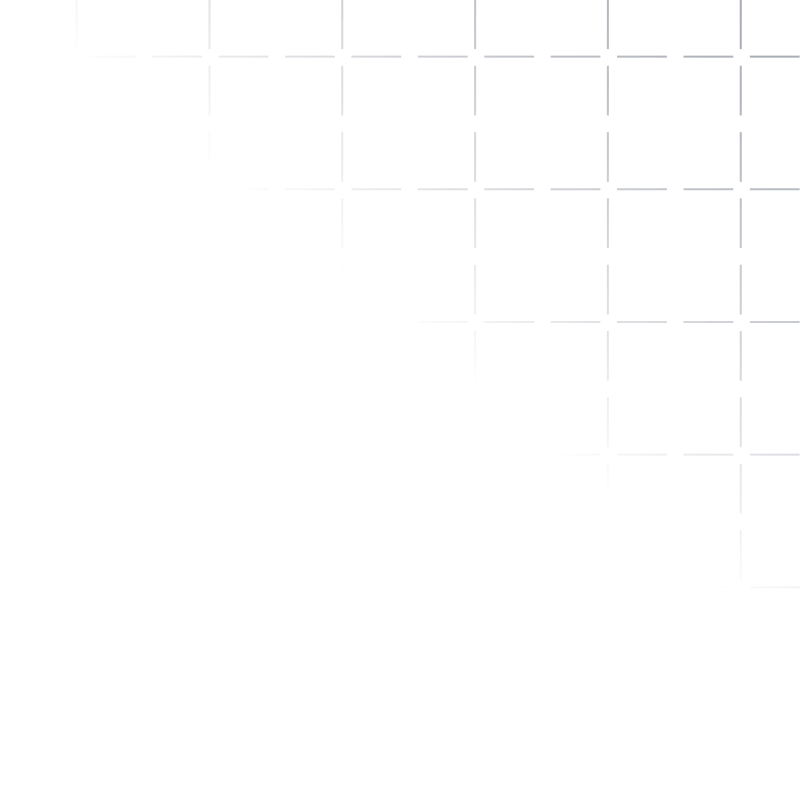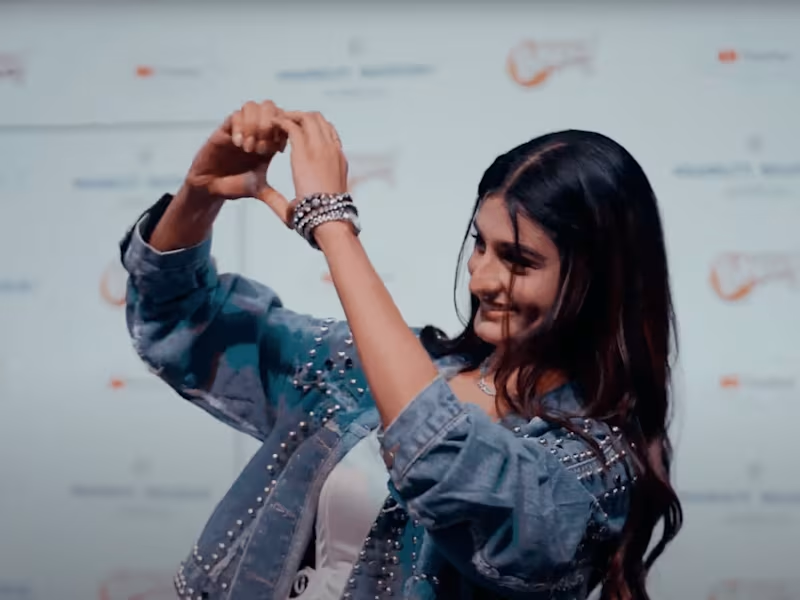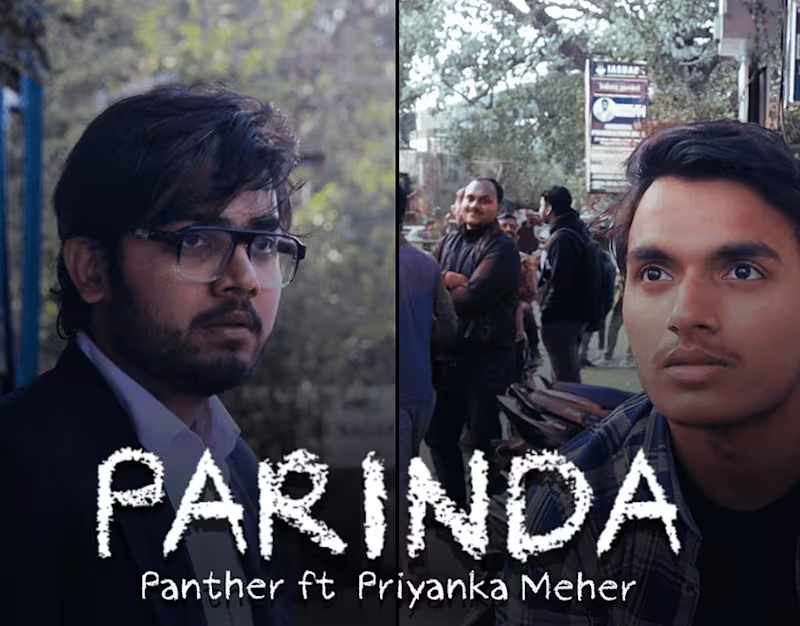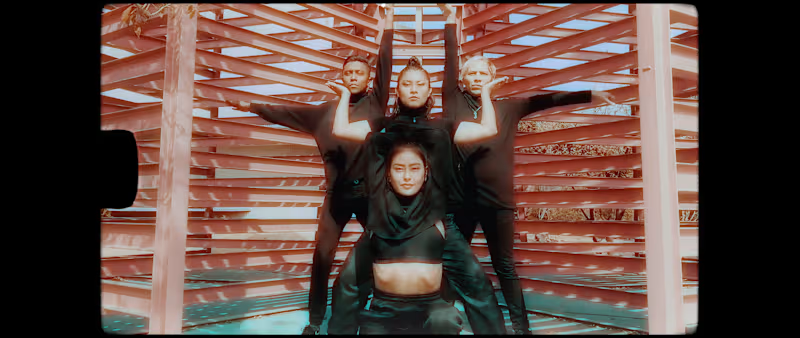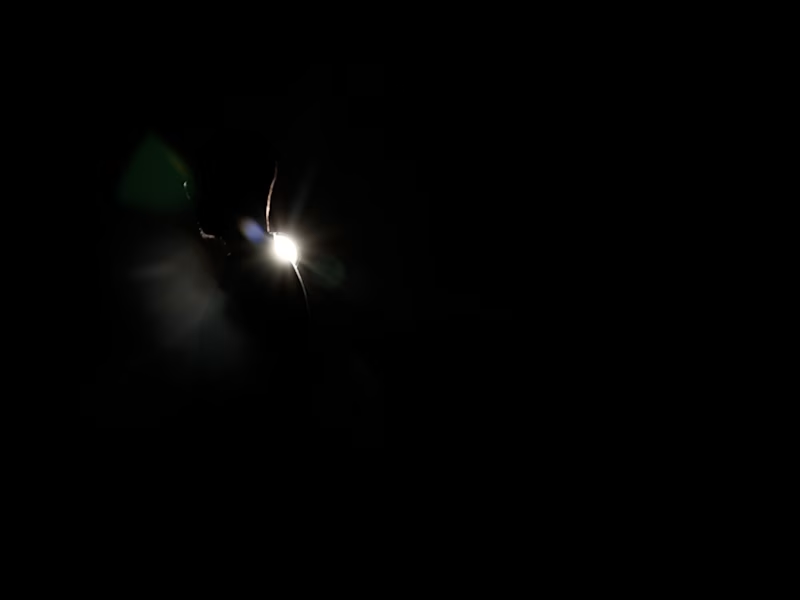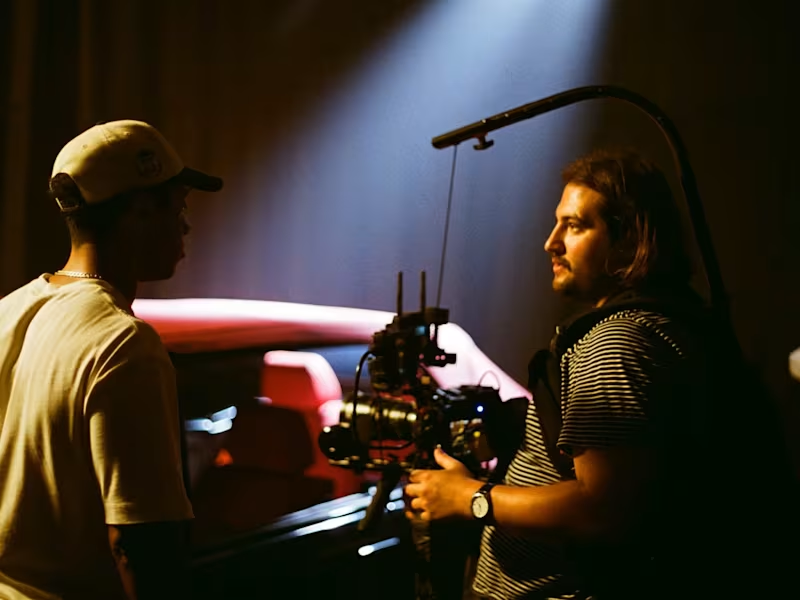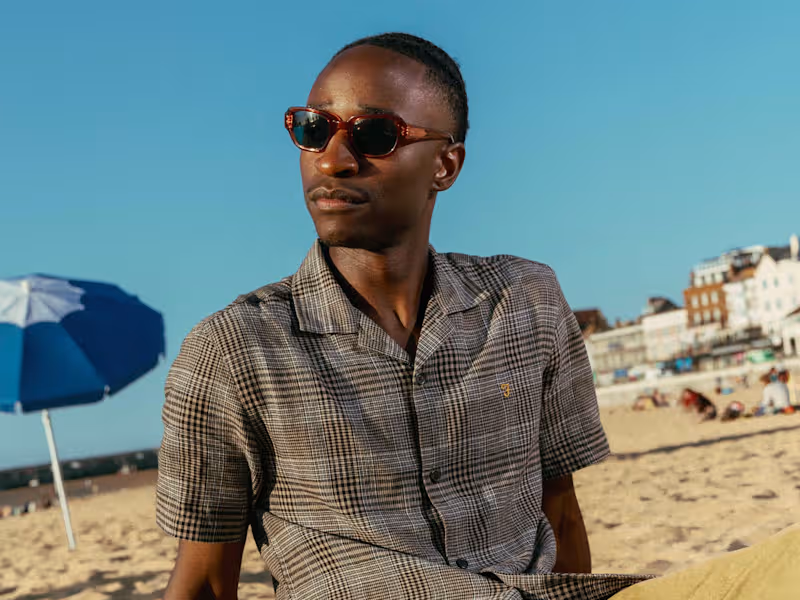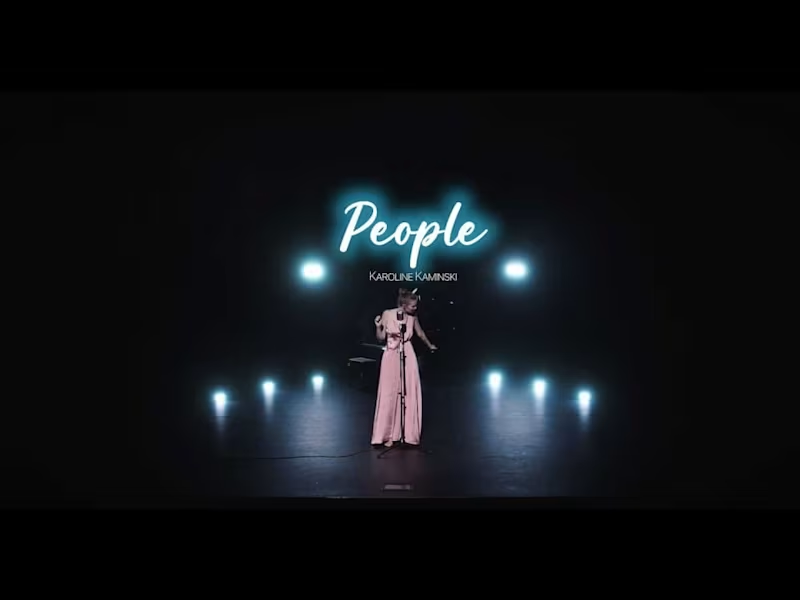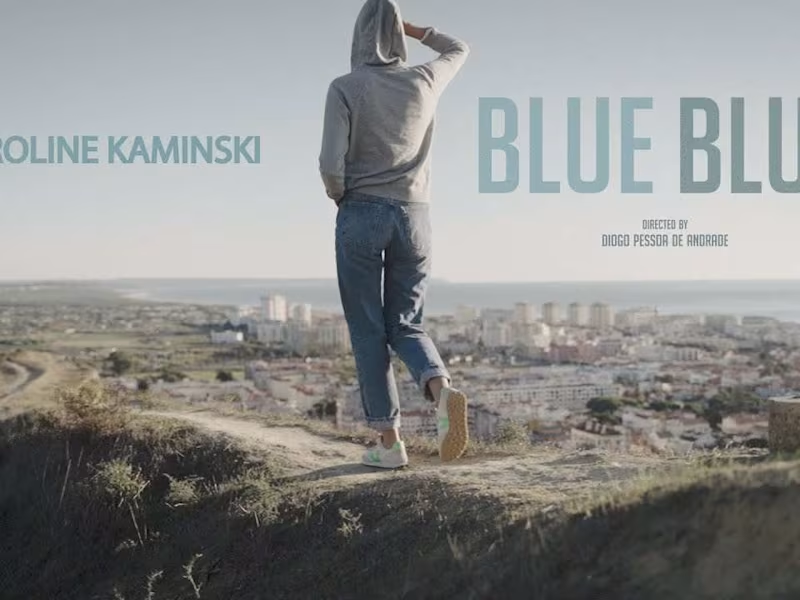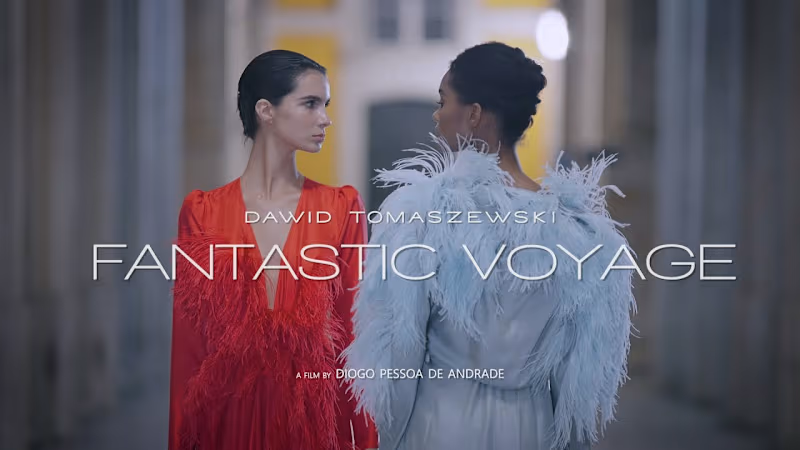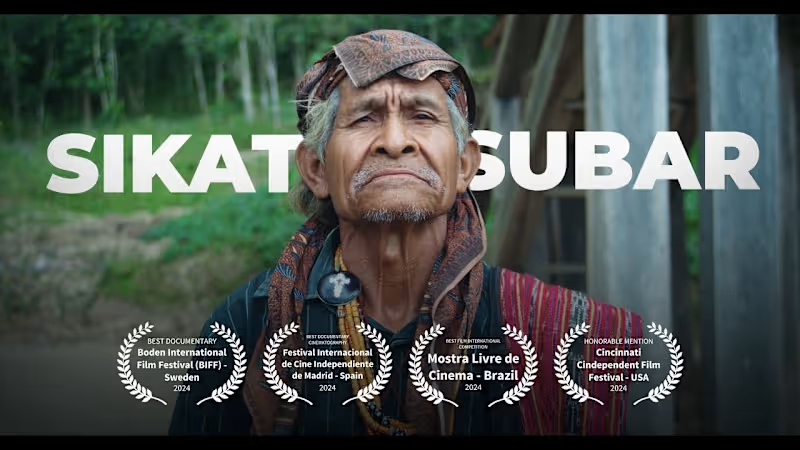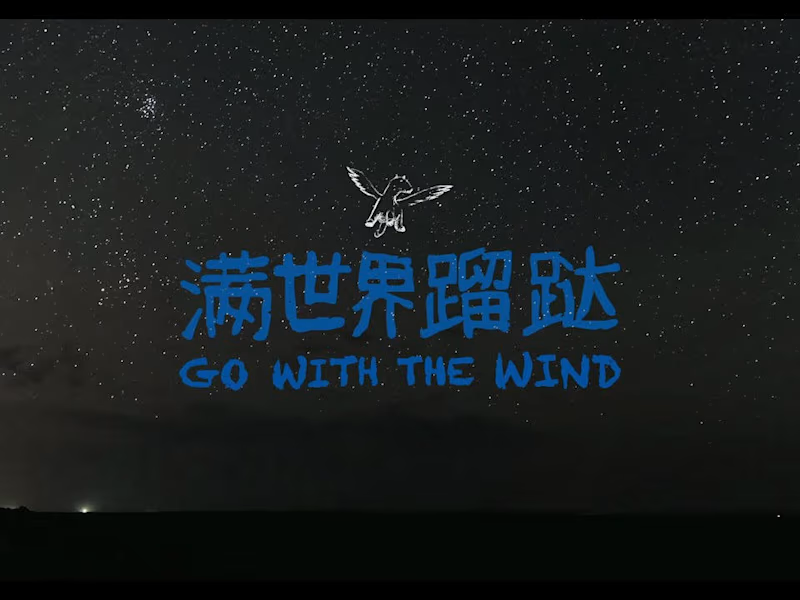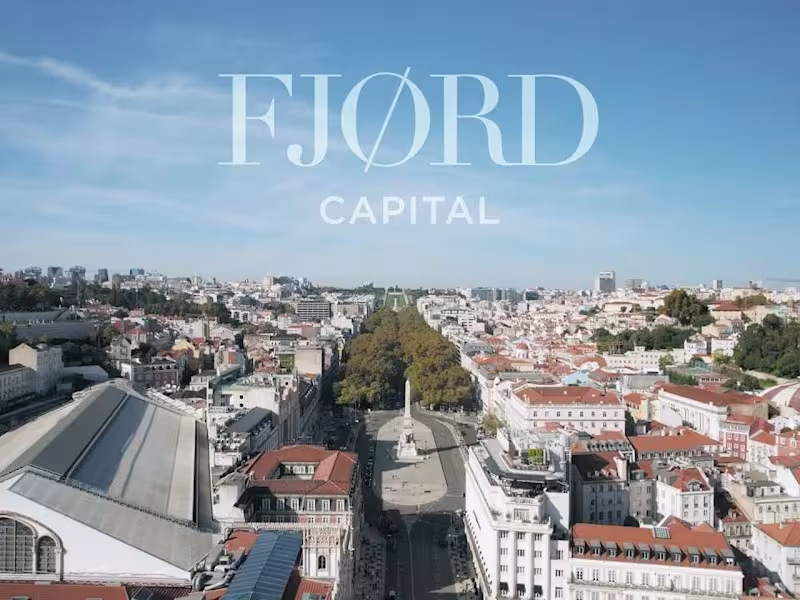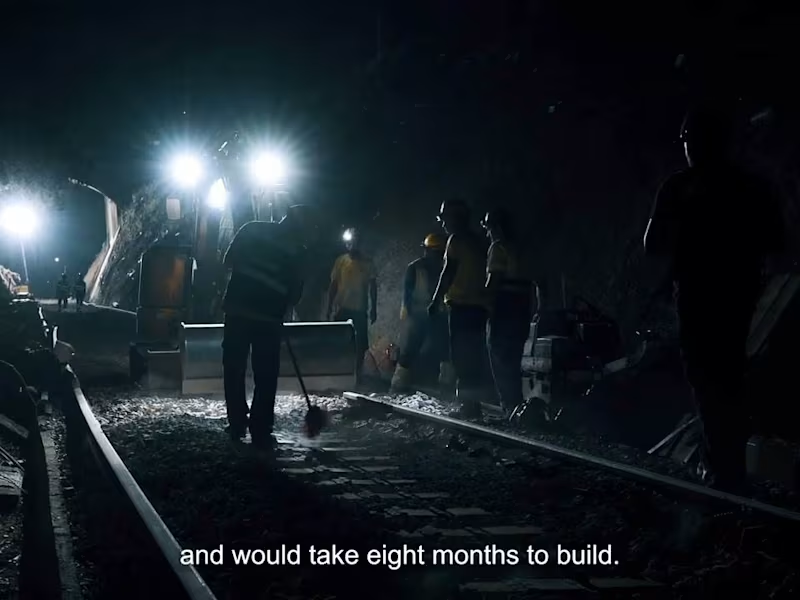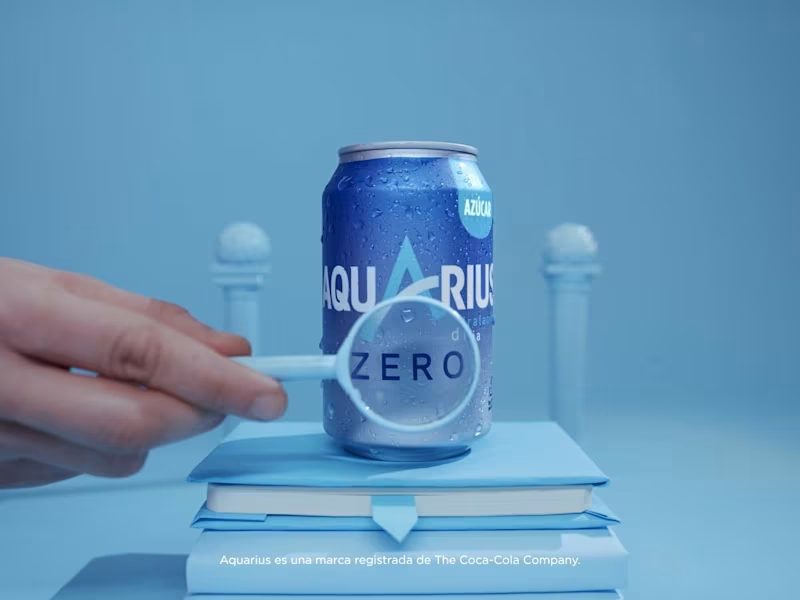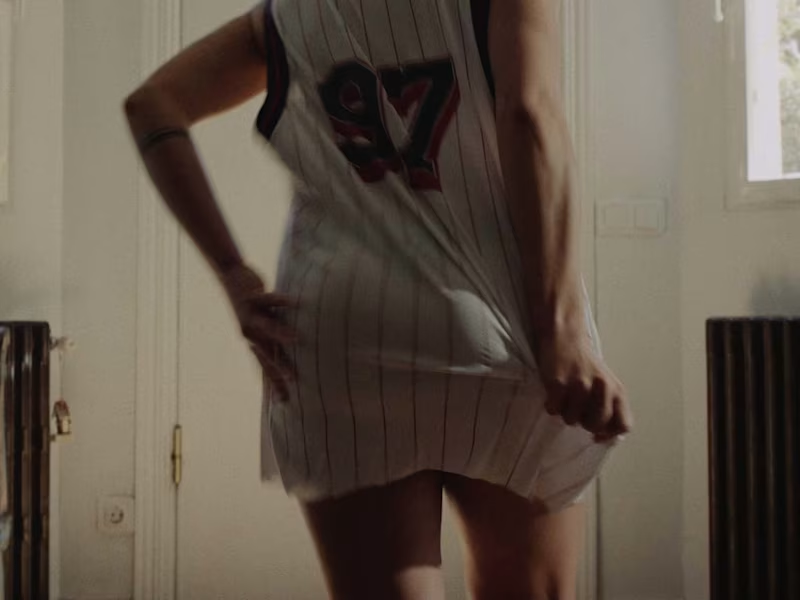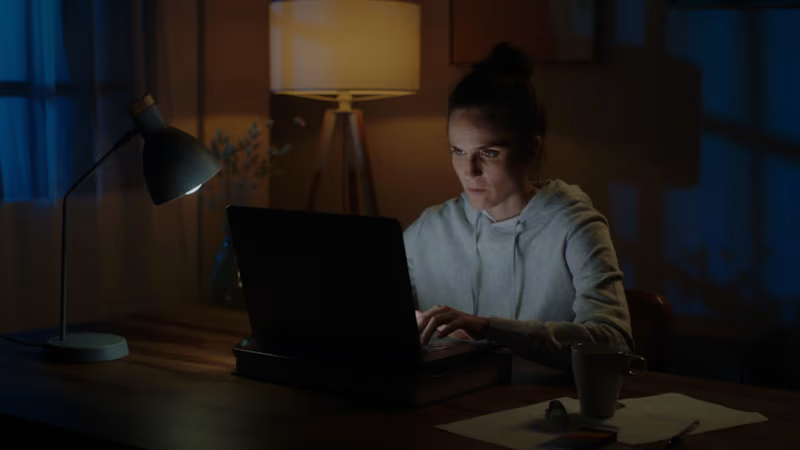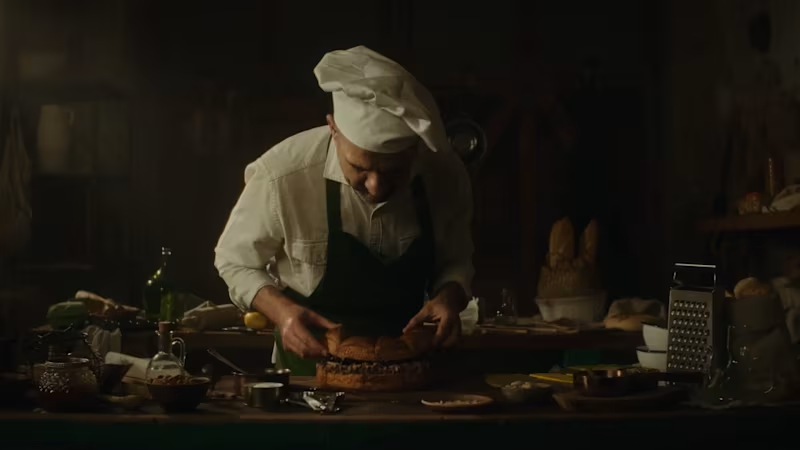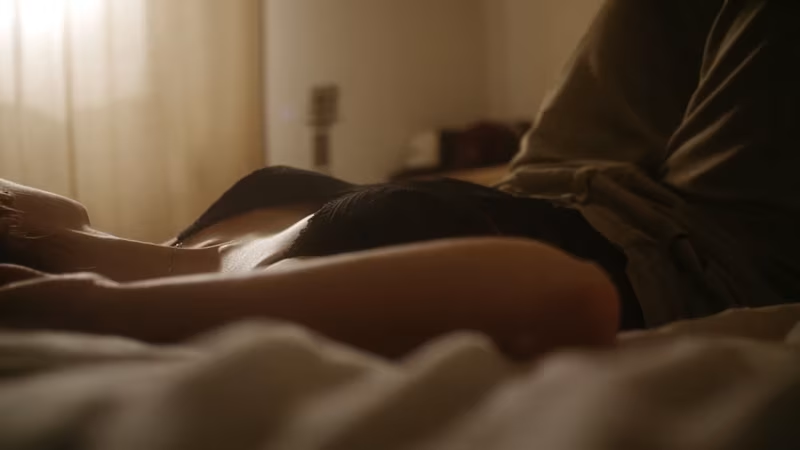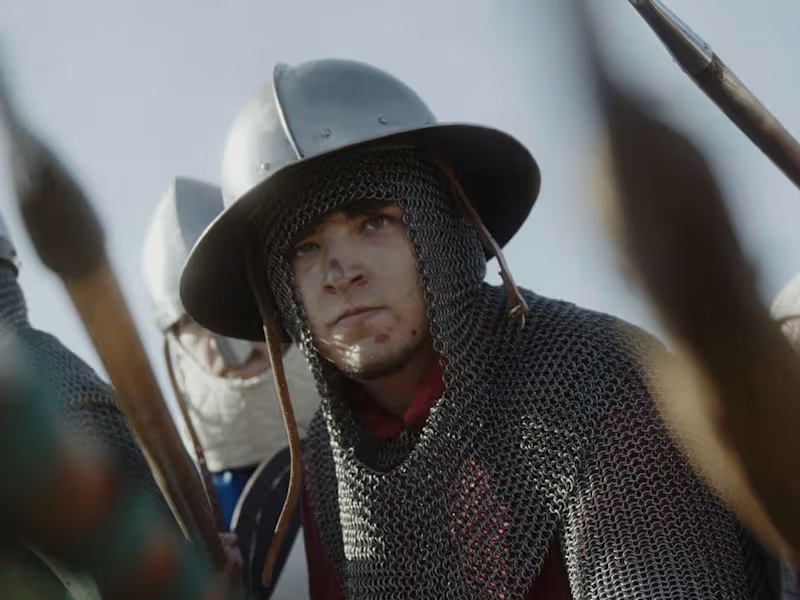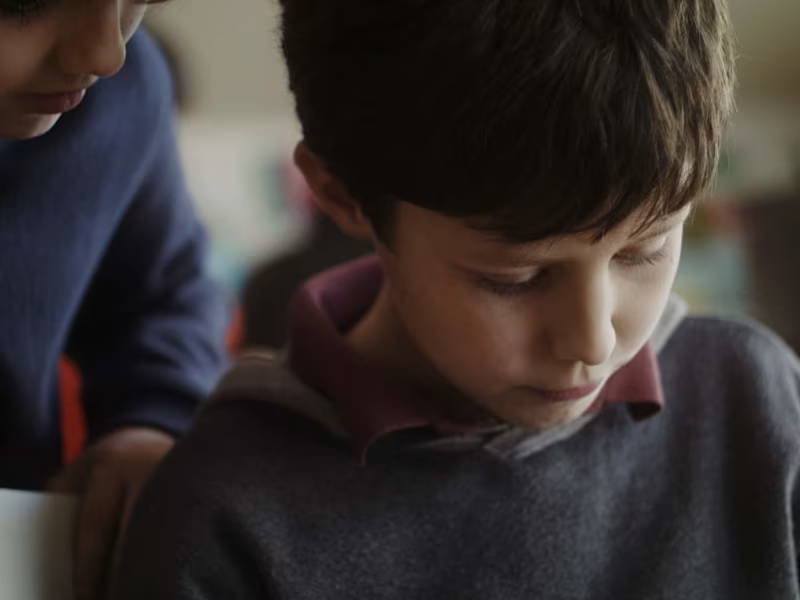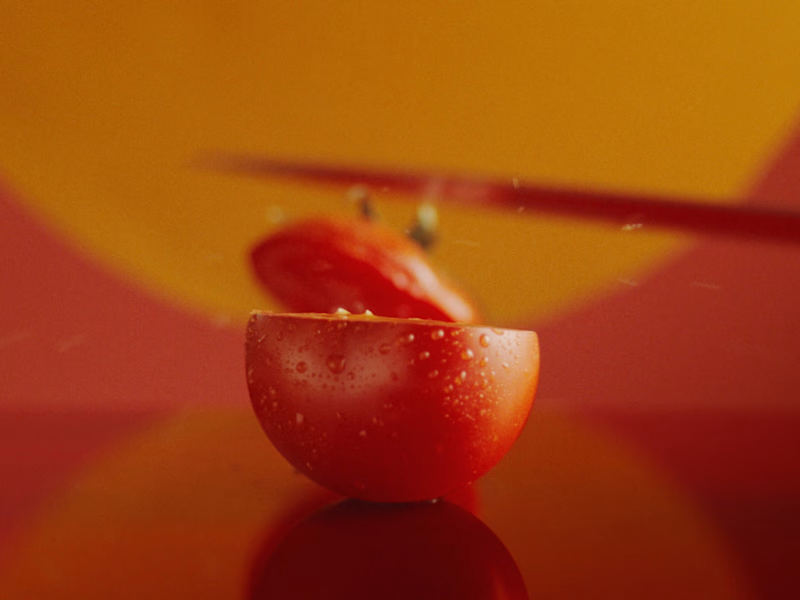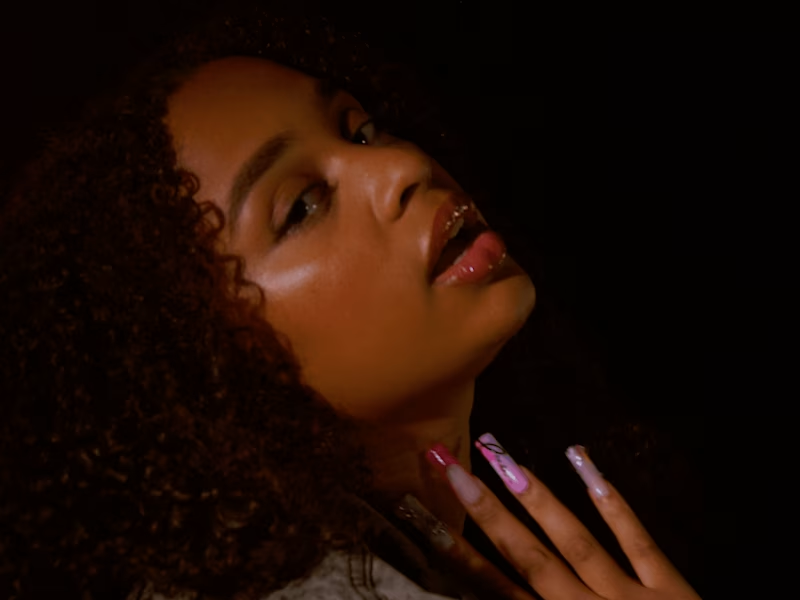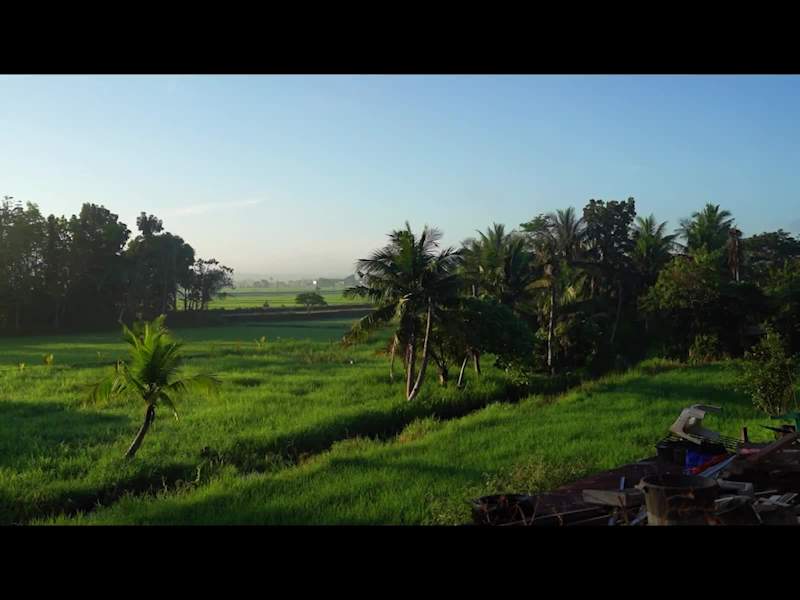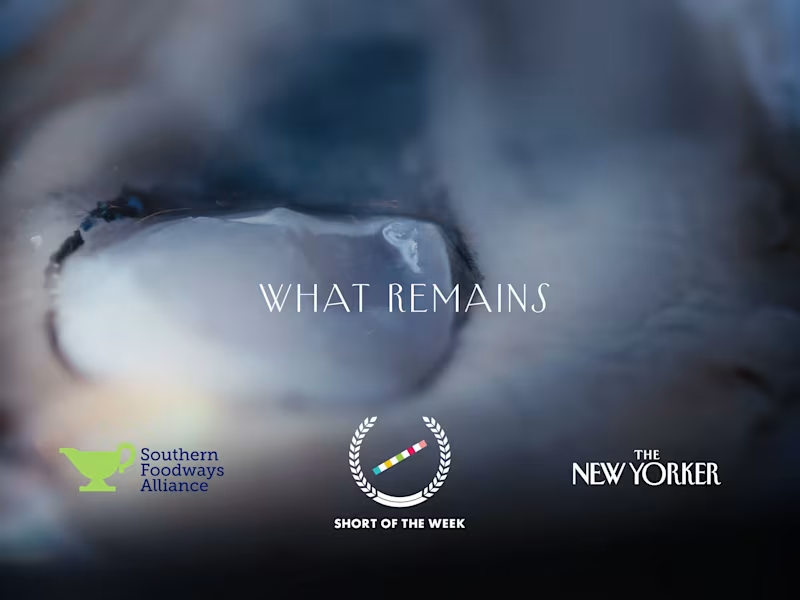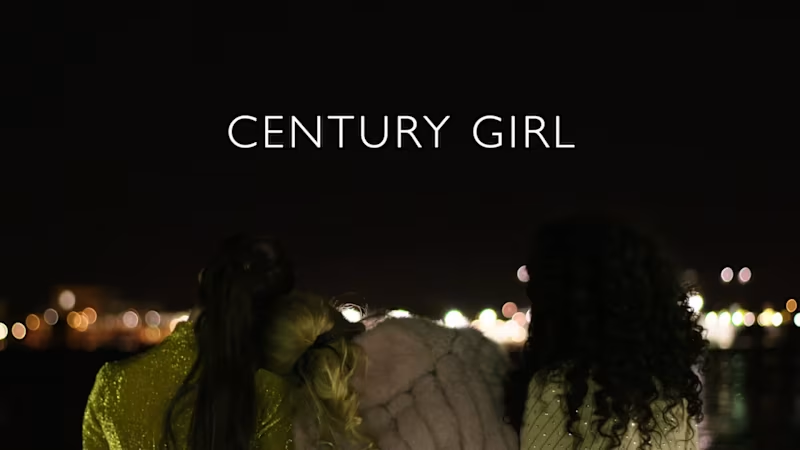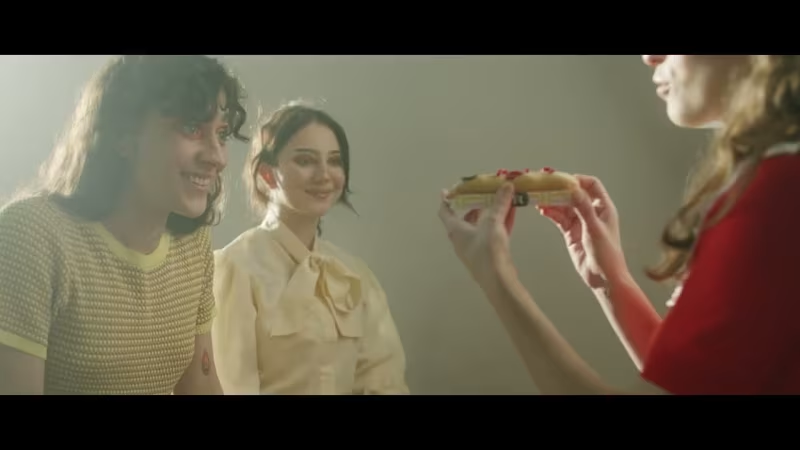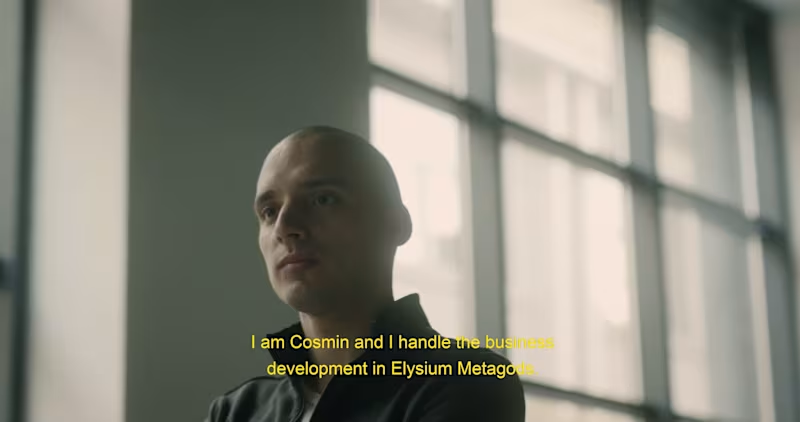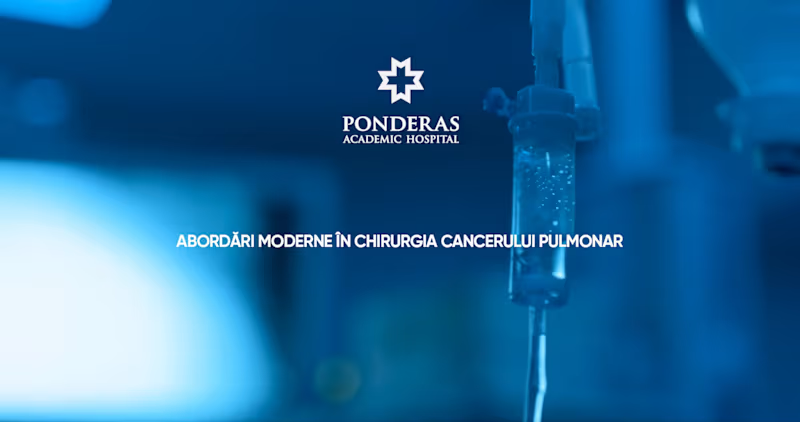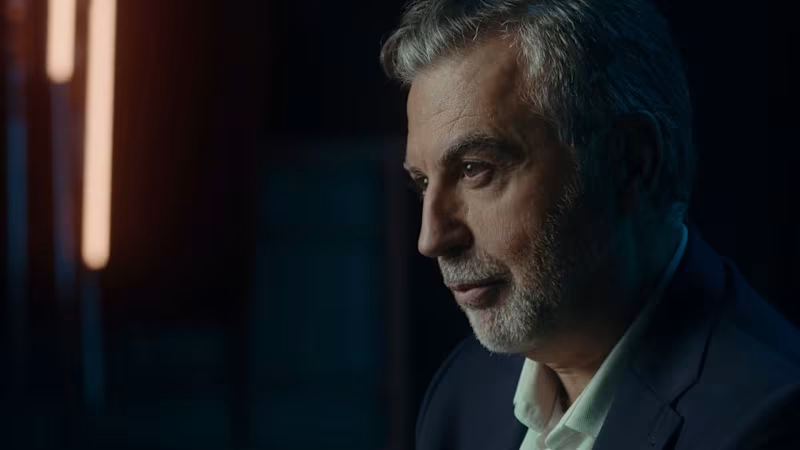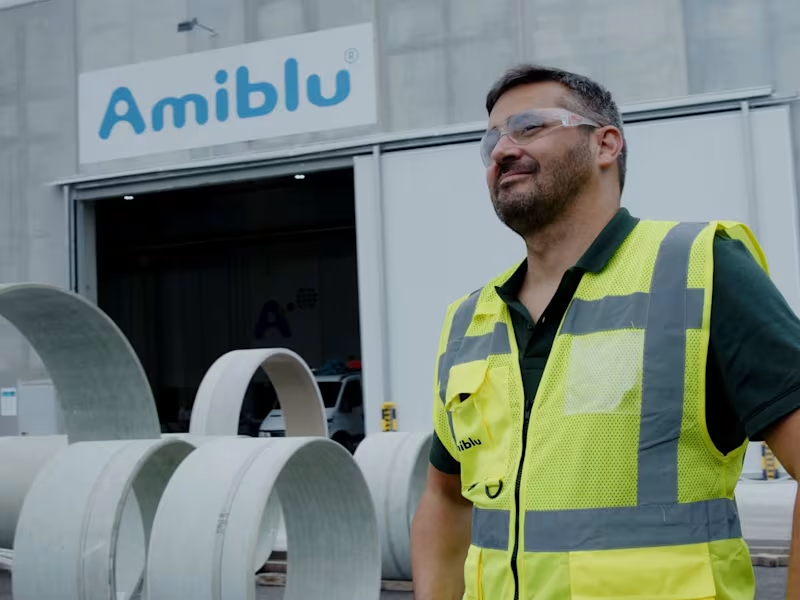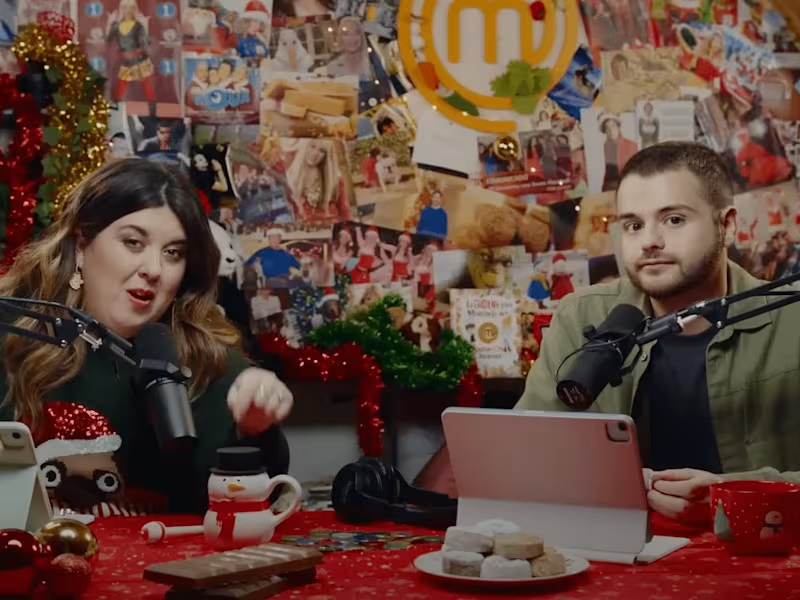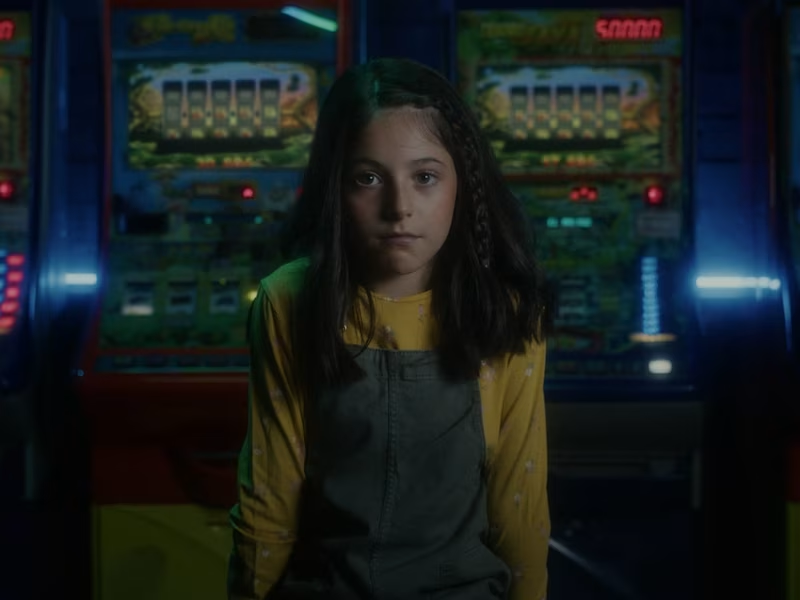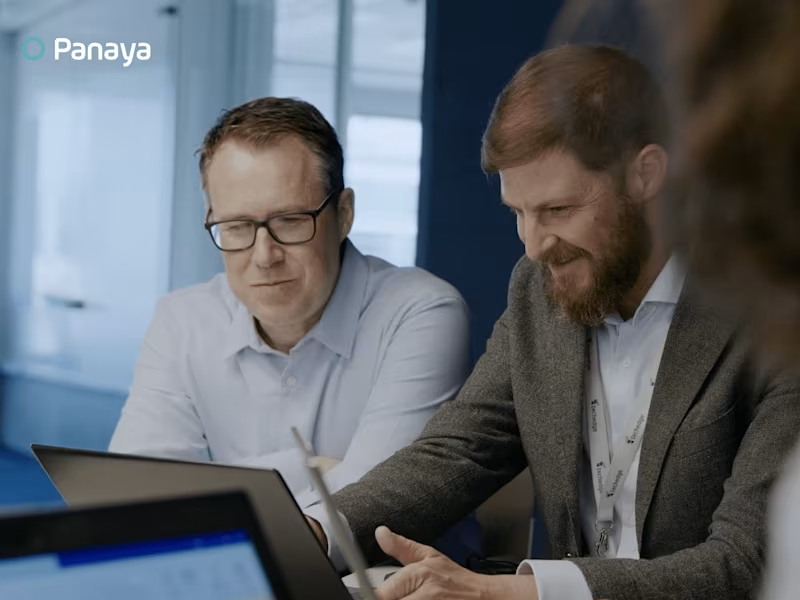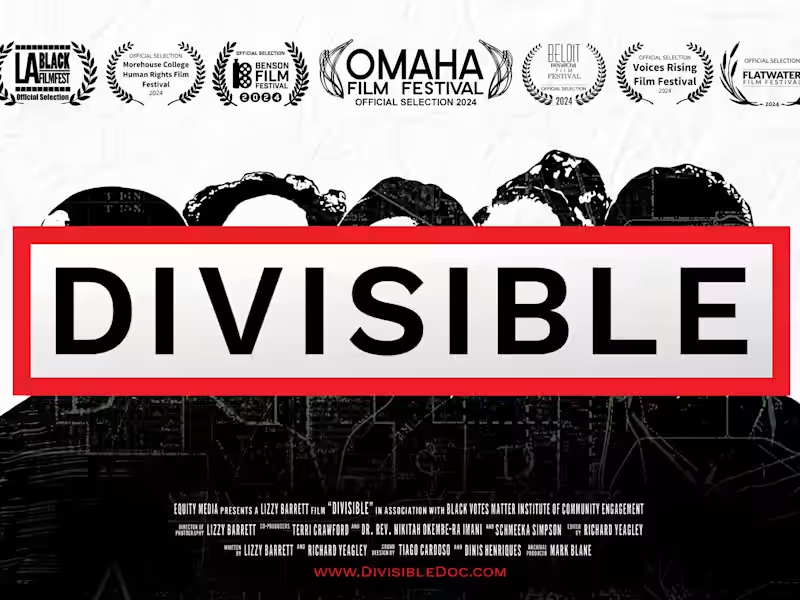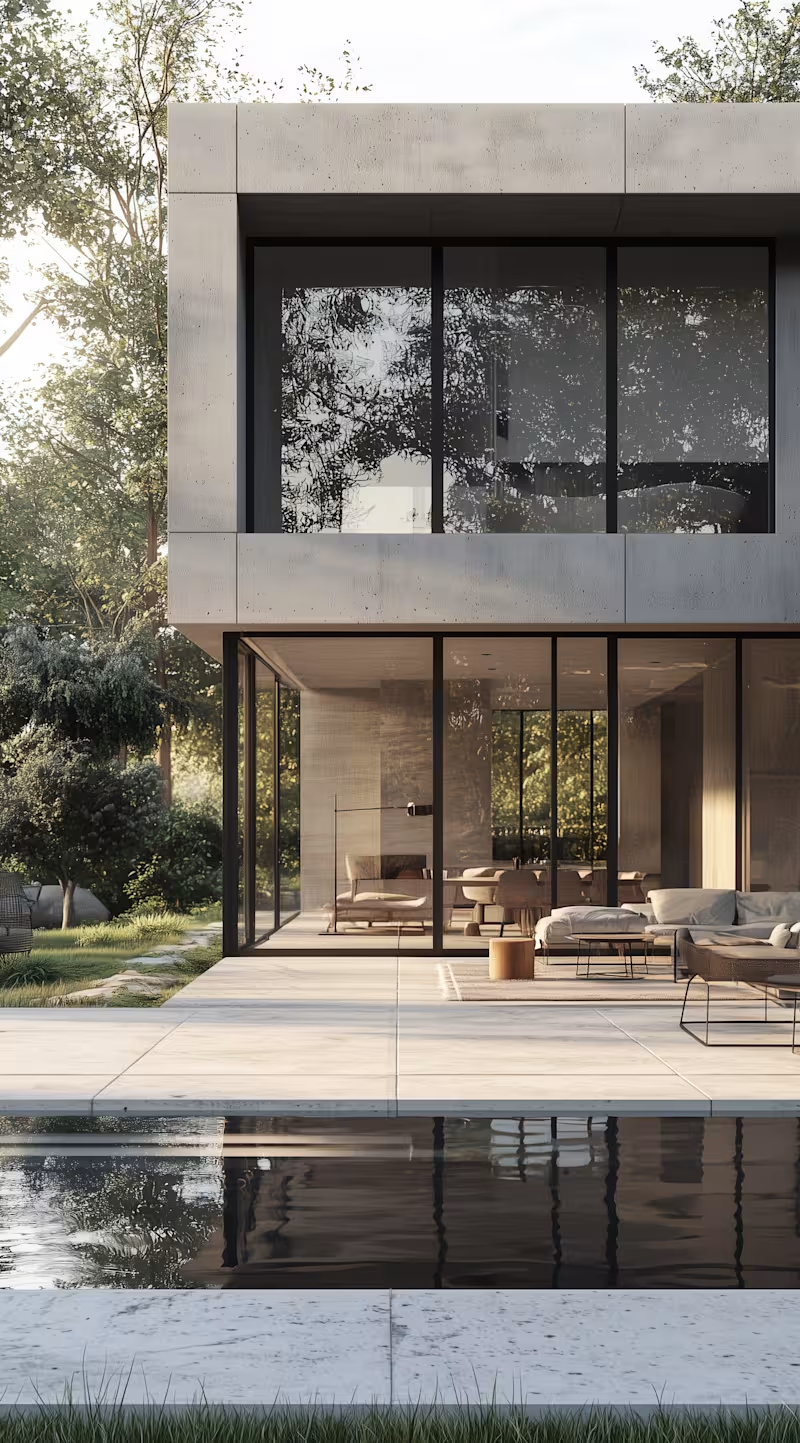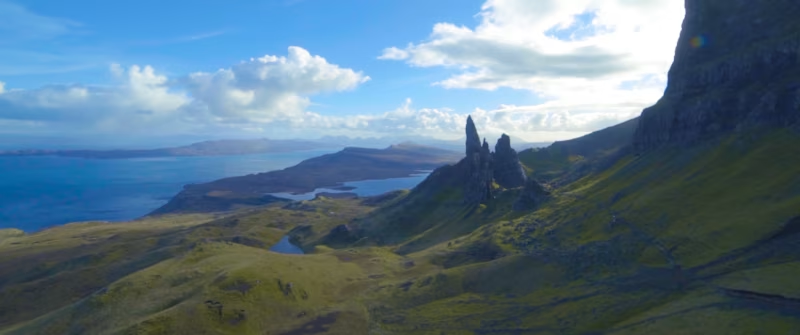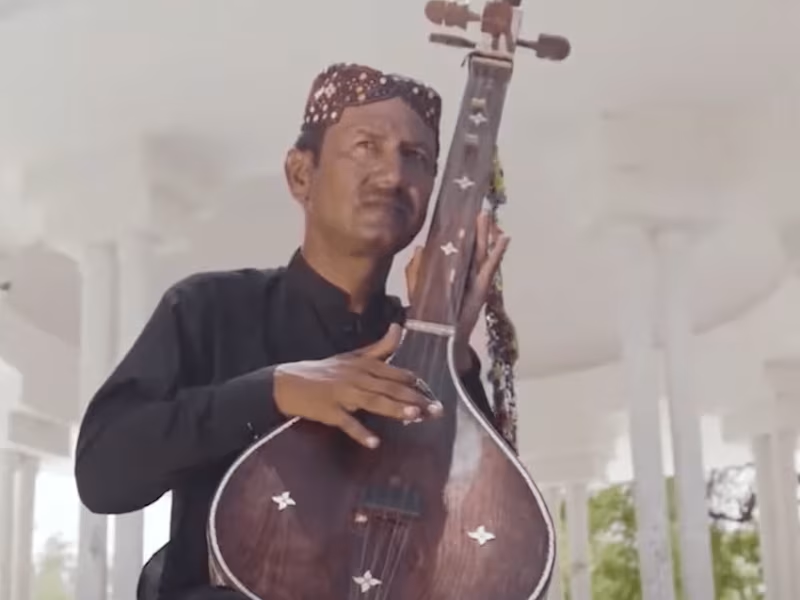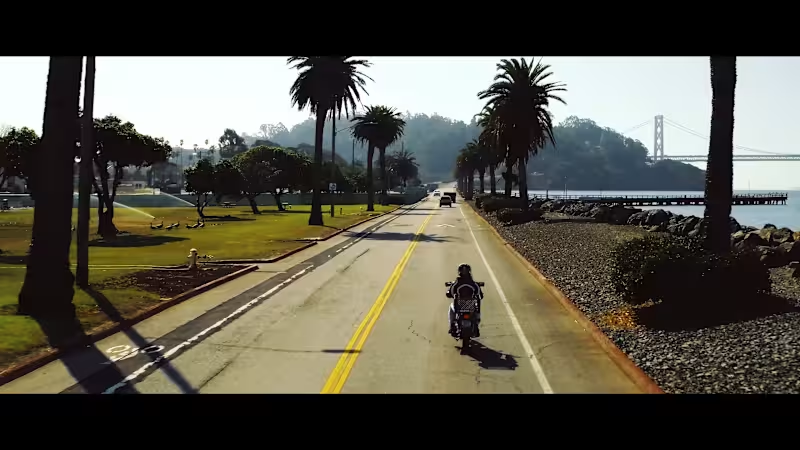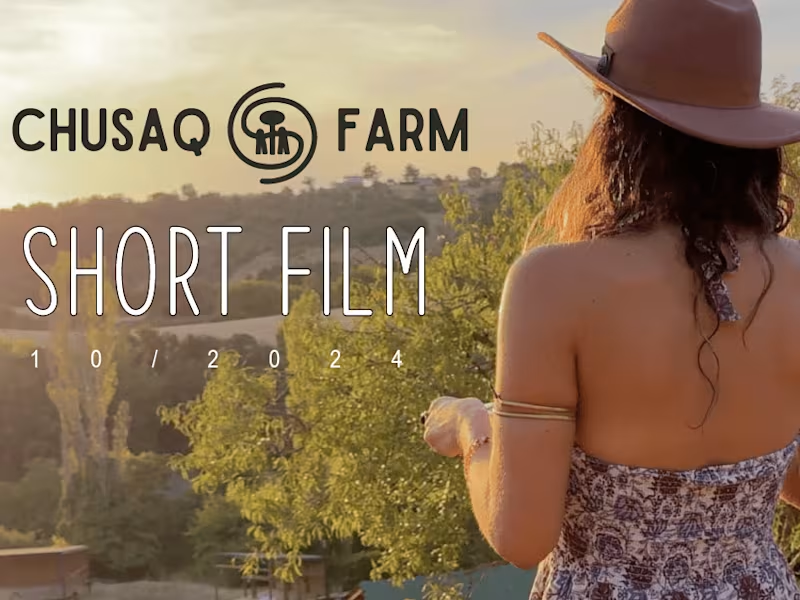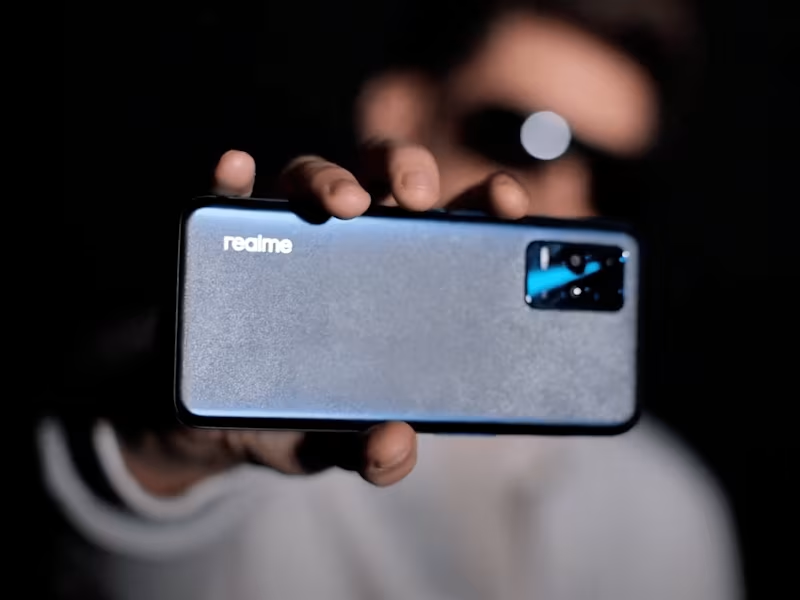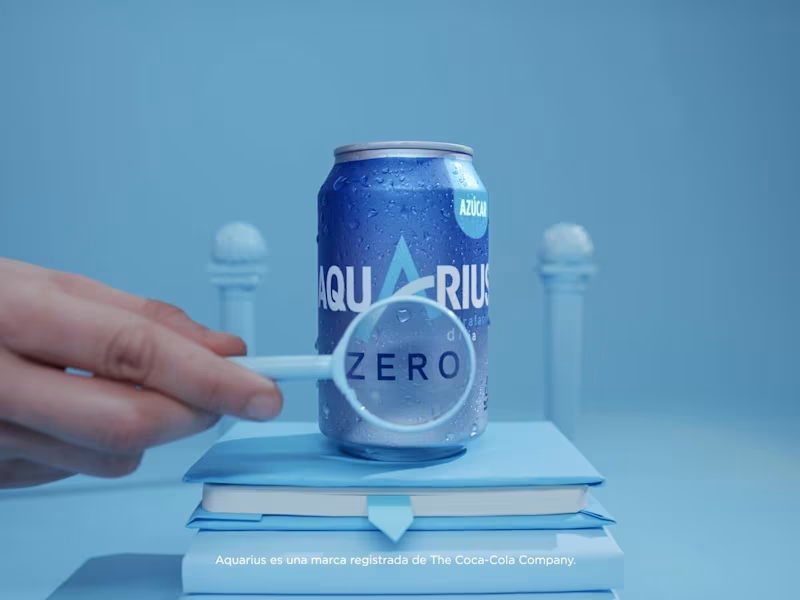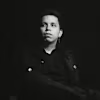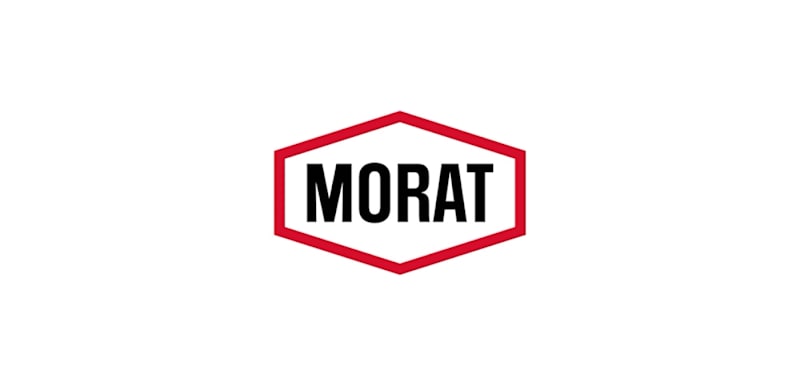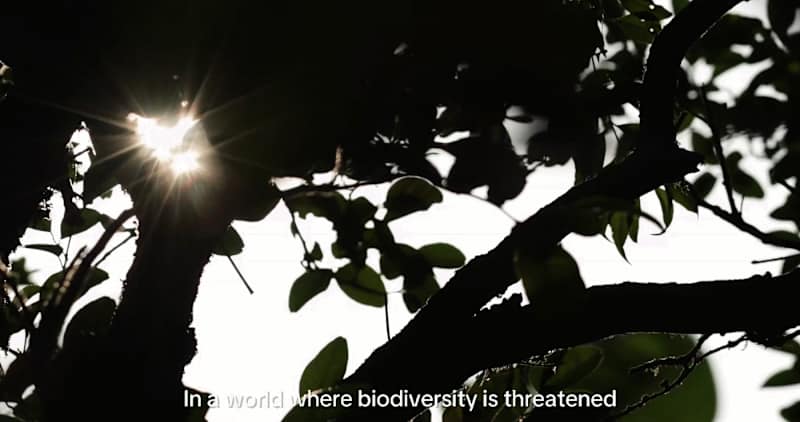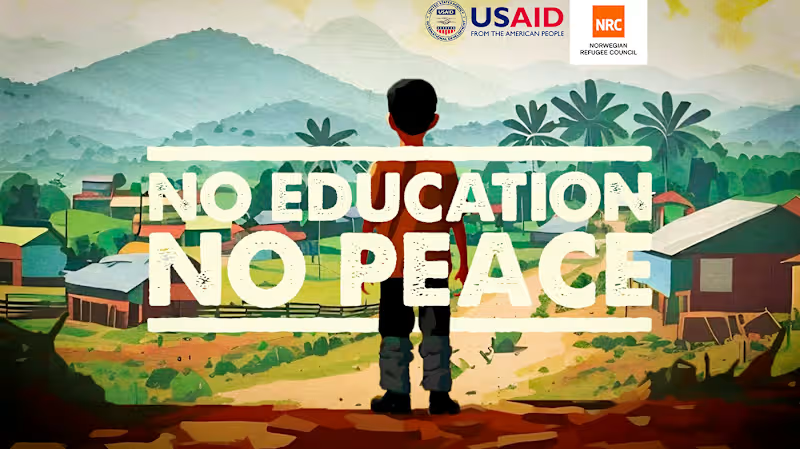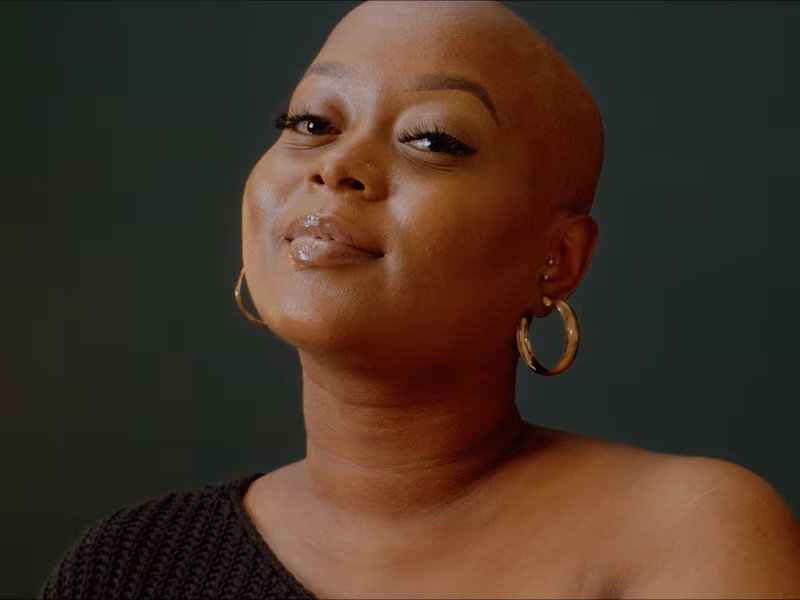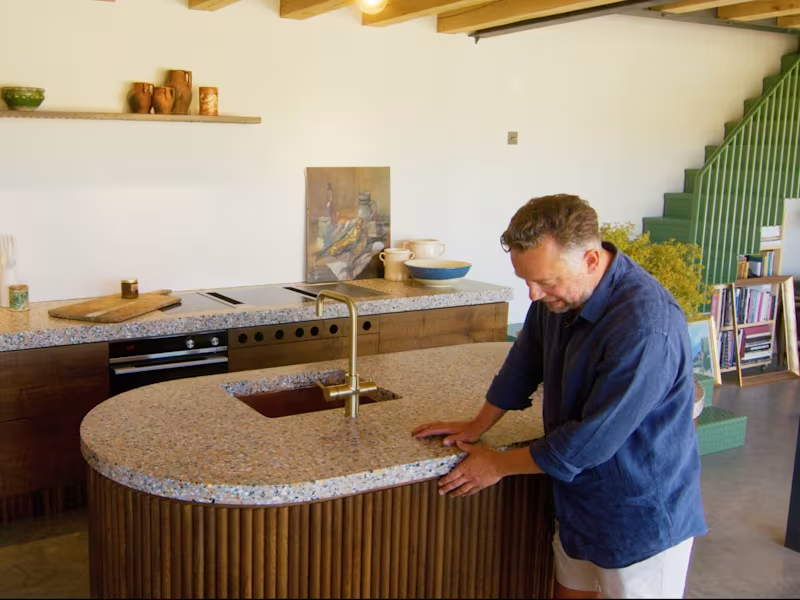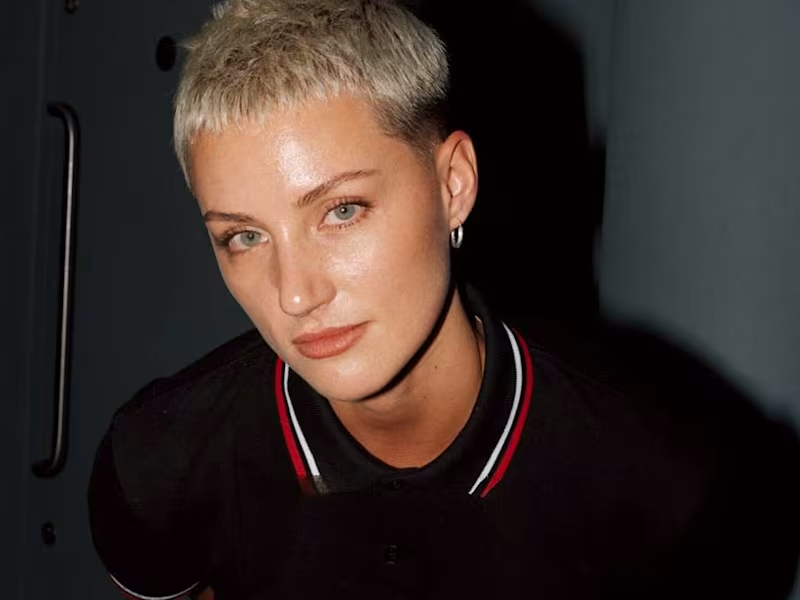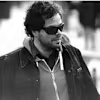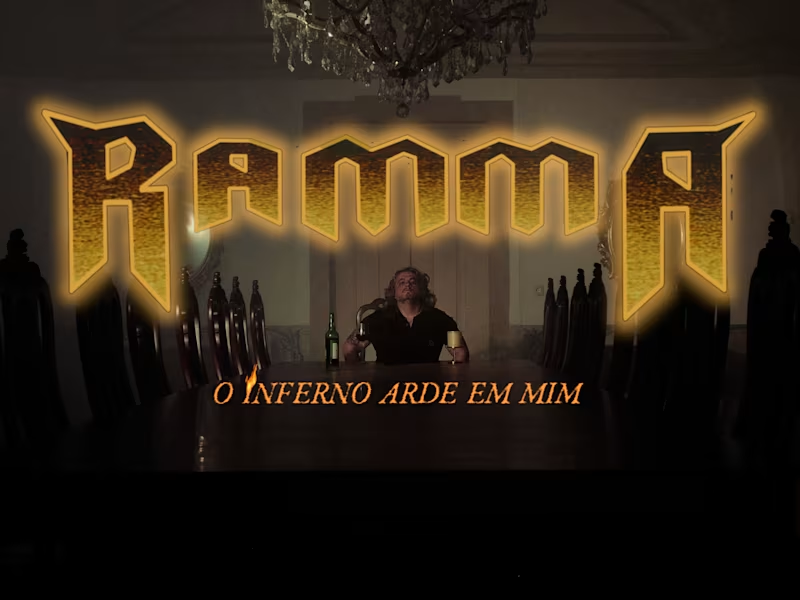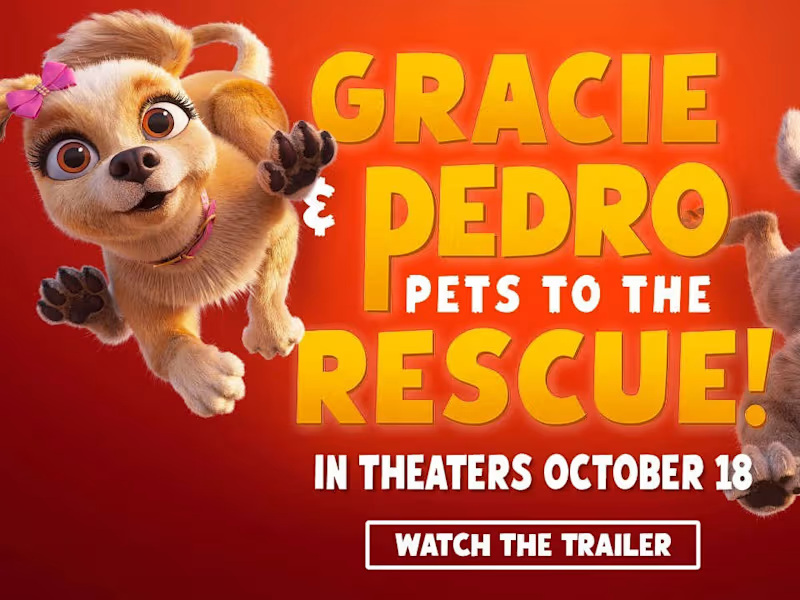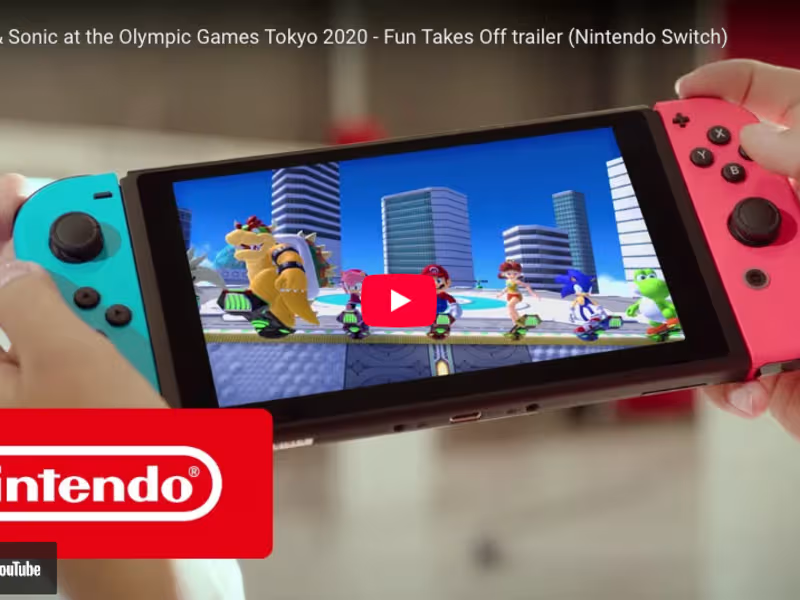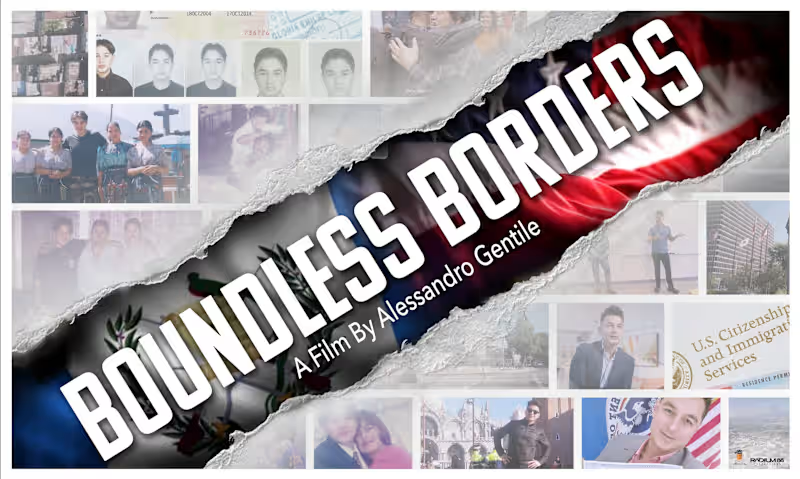What are the important aspects to consider when setting project goals for a director of photography on Contra?
First, clearly define the vision of your project. Think about the style, tone, and mood you want to achieve. Then, discuss the specific shots or scenes that are critical to your vision. A skilled director of photography can help translate these ideas into a visual plan. Make sure everyone has the same ideas before starting.
How can I assess the experience of a director of photography on Contra?
Look at their past work to see if they have the style you're looking for. Check their portfolio for projects similar to yours. Ask if they have worked in your industry or with your project's format before. Their ability to adapt is also important. Experienced professionals can give creative input that enhances your project.
What should be included in the project brief to hire a director of photography?
Include details about the project, like its size and scope. Describe the visual style you're aiming for. Mention any specific equipment that may be required. List deadlines and any key milestones. A clear brief helps ensure everyone is on the same page.
How do you establish a timeline for a project with a director of photography on Contra?
Start by identifying key milestones in your project. Discuss these with your director of photography. Set realistic deadlines for each stage, such as pre-production, shooting, and post-production. Consider the availability of locations and crew. Clear timelines help keep the project moving smoothly.
What should I expect regarding the planning process when working with a director of photography?
You will likely have several meetings to discuss your vision and ideas. The director of photography will likely create a shot list or storyboard. Some may prefer to scout locations beforehand. Planning involves coordination with other teams, like lighting and set design. This process ensures that your project is well-organized before shooting begins.
How do you determine the deliverables when hiring a director of photography on Contra?
Define what final products you need, like a certain number of edited clips or full scenes. Be specific about the format and quality of the footage. Decide if you need additional items like raw footage or behind-the-scenes shots. Knowing what's expected helps avoid misunderstandings later on.
What kind of equipment should a director of photography use for my project?
The equipment needed depends on your project's requirements. Discuss whether you need high-quality cameras, specific lenses, or drone shots. Good equipment can enhance the quality of your final product. Your director of photography should recommend gear that fits your vision. Make sure the equipment is suitable for the project's environment.
Why is it important to establish communication practices when hiring a director of photography on Contra?
Clear communication helps in resolving questions quickly. Decide on how often you'll have check-ins and updates. Figure out the best channels for communication, like video calls or messaging apps. Discuss and set expectations for how changes or feedback will be handled. Good communication ensures everyone knows what’s happening at every stage.
What legal considerations should you keep in mind when hiring a director of photography?
Consider a contract outlining agreements and responsibilities. This can include confidentiality clauses and rights to the footage. Discuss any licensing requirements if the project involves commercial use. Understand the rights you have to the finished product. Legal agreements protect both parties.
How can you evaluate the creative alignment with a director of photography on Contra?
Start by discussing your project’s creative vision. Ask for their input on how to achieve this. Check whether their ideas align with yours. Look at their previous work to see if their style matches your project. Mutual creative understanding helps produce a cohesive and compelling final product.
Who is Contra for?
Contra is designed for both freelancers (referred to as "independents") and clients. Freelancers can showcase their work, connect with clients, and manage projects commission-free. Clients can discover and hire top freelance talent for their projects.
What is the vision of Contra?
Contra aims to revolutionize the world of work by providing an all-in-one platform that empowers freelancers and clients to connect and collaborate seamlessly, eliminating traditional barriers and commission fees.
Explore projects by Director of Photographys on Contra
Top services from Director of Photographys on Contra

Adobe Premiere Pro
Video Editor
Director of Photography
+2
Social media and e-commerce video for products
Contact for pricing

Adobe Photoshop
Videographer
Director of Photography
+1
Highly skilled Videographer / Director of Photography
$150/hr

Adobe After Effects
Director of Photography
Colorist
+5
I will transform your footage into a polished cinematic video
Contact for pricing

